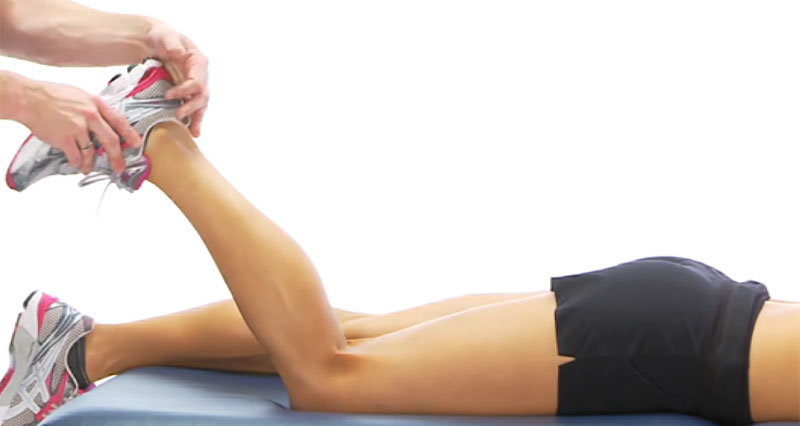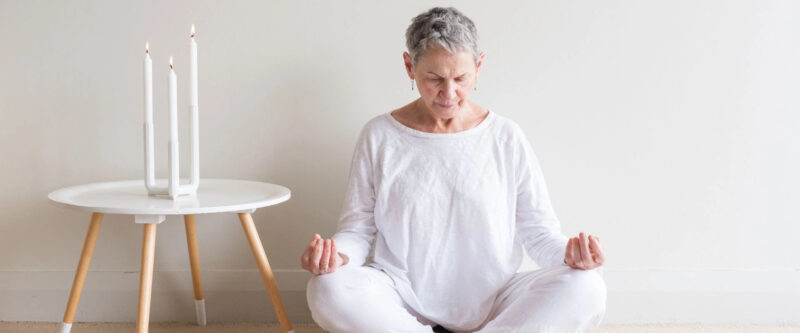As yoga has entered the mainstream fitness scene in recent decades, class participation continues to rise annually. However, for all its perceived gentleness, even yoga carries risk of overuse injuries without proper precautions. Particularly amongst newer enthusiasts pushing too aggressively through unfamiliar ranges of motion or attempting advanced poses before building requisite stability.
Most commonly strained areas from overexertion or flexibility imbalance include the wrists & elbows, lower back, hamstrings, and shoulders. These injuries generally emerge subtly through incremental stress before more serious damage occurs. But with a focus on joint-protective alignments, therapeutic movement prep, and graduated conditioning, yogis can continue advancing their practice pain-free.
Let’s explore modifications and supplemental exercises for taking pressure off commonly vulnerable areas. With knowledge and preparation, passionate yogis can progress in depth mindfully to avoid preventable strains for a lifelong flexible practice.
Saving Wrists & Elbows From Planks

Many yoga flows feature extensive planking to build core and arm strength. However, bearing weight on straight wrists and elbows proves taxing over time. The tiny carpal bones and elbow joint surfaces aren’t designed to handle excessive axial compressive loads.
Gradual inflammation strains ligaments and tendons, manifesting as tender wrists and lateral elbow pain characteristic of tendonitis. To take pressure off, modify plank form by shifting weight into forearms instead of hands. Fists can be used as well but limit versatility.
Yoga push up handles angled away from the wrists also improve distribution. Optional wrist wraps provide adjustable compression support. Counter-stretching wrists before and after class prevents stiffening too. With simple adjustments, yogis preserve joint integrity for ongoing strong flows.
Safeguarding the Lower Spine
Yoga backbends, twists and forward folds all place substantial demands on the lumbar spine. Overarching or overly rounded positions that pinch nerves or strain facet joints may cause injuries.
To protect the low back, initiate movements by tilting the pelvis to find a neutral spine. Avoid rounding into flexion or compromising natural spinal curves. Adapt intensity to current capability – use props like blocks or a dynamic stretching tool like CastleFlexx to gently open the body without excess spinal loading.
Counterbalancing back-challenging asanas with core and glute exercises also stabilizes the spine for heavier lifts. Planks, bird dogs and bridges reinforce muscular corseting around vulnerable lumbar segments. With mindful transitions and balanced strength building, yogis preserve lower back integrity for deeper practice long-term.
Preventing Pulled Hamstrings

Seated forward folds, pyramid poses and similar hip flexion-focused movements place substantial stretch demand on the hamstring muscles. When flexibility is lacking, overeager stretching strains muscle bellies or tendon insertions.
Modifying by generously bending knees reduces fold depth. This prevents excessive lengthening until hamstrings gain flexibility. Strengthening exercises like bridges, squats, and deadlifts also encourage gradual range improvements by coordinating glutes/quads together.
Props like yoga blocks support modified folding postures as well, allowing tension release without an aggressive end-range stretch. With small adjustments that respect soft tissue capacity, yogis spared pulled hamstrings can fold deeper over time.
Safe Shouldering of Challenging Poses
Poses bearing weight through straightened arms readily fatigue shoulder stabilizers like rotator cuffs. Planks, chaturanga, side planks, and arm balances (like a crow) externally rotate the humerus bone, impinging structures.
Modifying to lighten load assists – bent knee push-ups over full planks, crow prep rather than freestanding attempts. Props like blocks also progressively support muscles as they strengthen for the shape. Arm positioning to avoid shoulder strain varies by pose too – externally rotate in planks but keep parallel pressing up to the crow.
When lifting up into bodyweight feats like handstands, maintain corseted core/glute engagement over shoulders taking the brunt. Prioritizing joint alignment awareness, while building requisite baseline strength prevents shoulder-related impingements.
Moving Mindfully for Yoga Longevity

Ultimately most yoga injuries arise from sporadic overexertion versus gradual progression. But with knowledge of anatomical limitations in areas like the wrists, spine, and hamstrings, we can preempt issues. Attuning to subtle alignment cues and listening for tender signals allows modifications before reaching injury tipping points.
Rather than aggressively stretching toward an ideal posture, meet your body where it currently stands on any given day. There’s no rush to push the edge before establishing an unshakable foundation first. Consistency compounds over years spent gently coaxing flexibility and capability bit by bit. Patience pays off with a lifelong yoga practice that continues unfolding new wellness benefits without unwanted trips to the doctor.
Progressing Poses Pain-Free Through Proactive Alignment
A wise teacher once said, “Yoga is the journey of the self, through the self, to the self.” While advancing through exciting new challenges along the path, maintaining mindfulness and compassion for the vehicle transporting us proves essential. This vehicle – our physical being – enables our practice when handled skillfully, but gives warning signs when we overextend its current capacity.
Learning to balance effort and ease keeps us present on the mat. Staying aware of alignment and modifying ambitiously avoids injury detours on your unique journey toward inner growth and outward mobility. Meet each pose as a new invitation to honor the body supporting your blossoming practice.
Share Your Story

Whether you’re brand new to the practice or a seasoned yogi attempting more advanced poses, honoring alignment safeguards long-term progression. We would love to hear what modalities or props help you avoid overexertion injuries on the mat! Share any stories of modifications or alternative exercises that allowed you to eventually work toward the wheel, splits, or other formerly out-of-reach postures.
Describe aha moments adjusting engagement that led to injury resilience. Let’s keep the conversation thriving about how we can protect our bodies alongside nurturing our inner depth. Yoga reminds us progress manifests steadily and brightly when we remain students of its teachings – both on and off the mat.
